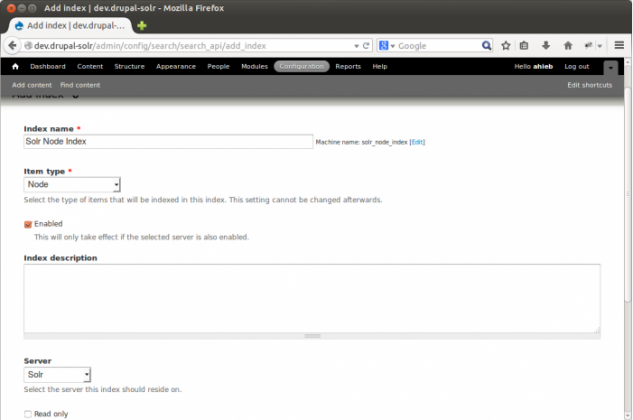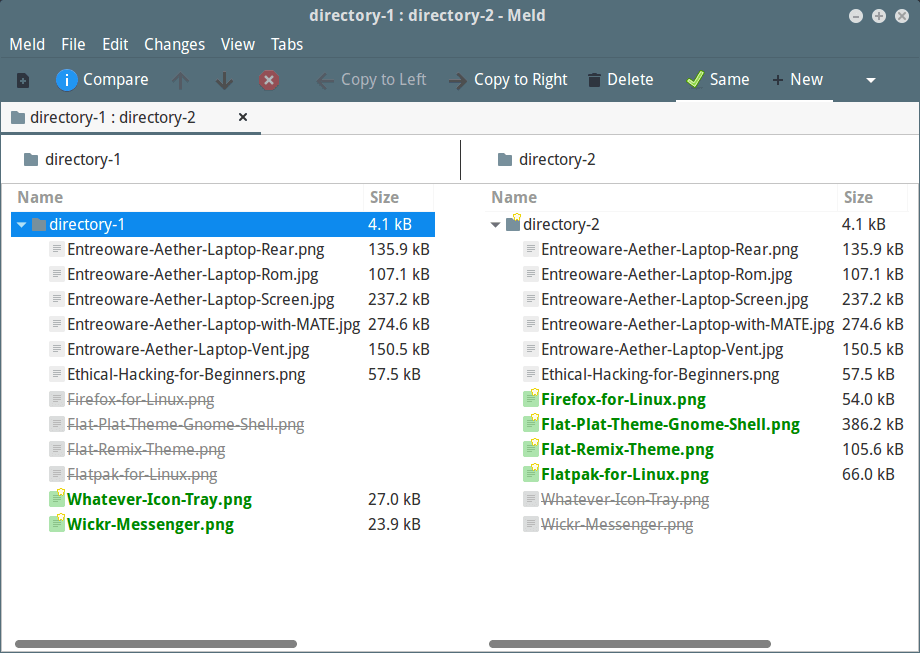

Used to install all the independent software of a specified type in a group (this works like you put the names of these packages in the "yum install" command to run).

Install meld centos update#
When the package X has been installed, "yum update X" and "yum install X" do the same work. If the -v option is added, the names of packages similar to the list command that have been installed and available are output. Used to give a description of a group and a list of packages. The command format is similar to install. Used to uninstall the software package from the system, and according to the uninstalled software package, uninstall other related software packages. List various information about available software packages. This command is the same as the update command with -obsoletes. If the specified software packages are not currently installed, then update will not install them. When updating, yum must ensure that all dependencies are satisfied. If no package is specified when running, the update subcommand will update all currently installed packages, otherwise it will update the listed packages. Note that you can specify the universal symbol and file list. If the name is a file, the way it works is similar to localinstall. If the name starts with then the following name is directly passed to groupinstall. If there is no package that matches the specified name, it will be treated as a part of the shell and any matches will be installed. Install the latest version of the package or a group of packages while ensuring that the dependencies are met. Introduction to commonly used commands (subcommands) Yum is an interactive software package management tool based on rpm.ġ. The package management tool under center os. (Only add "-disablerepo=\* -enablerepo=c5-media" after the ordinary yum command, such as: yum -enablerepo=c5-media remofe package) Yum through the following command after mounting the CD-ROM -disablerepo=\* -enablerepo=c5-media install Gpgkey=file:///etc/pki/rpm-gpg/RPM-GPG-KEY-betaĬan be in After baseurl=file:///media/CentOS/add the correct location where the CD-ROM is mounted in the system, if it is usually file:///media/CentOS/Server, etc. # yum -disablerepo=\* -enablerepo=c5-media īaseurl=file:///media/CentOS/#This line is the most important # To use this repo, put in your DVD and use it with the other repos too: You can use this repo and yum to install items directly off the # This repo is used to mount the default locations for a CDROM/DVD on PS: No Internet connection, but there are all installation packages in the installation CD: The following configuration files only need to keep

The last two items can be replaced with gpgcheck=0. When adding a YUM source, just create a new file like this and configure it. Gpgkey=file///etc/pki/rpm-gpg/RPM-GPG-KEY-redhat-release #Specify the digital signature public key file issued by RED Hat. #Whether it is available gpgcheck=1 #Whether to perform a digital signature check to prevent the installation of a tampered software package, 1 means check, 0 means no check. Nameserver=Servername #YUM source name, which is different from other YUM source tags.īaseurl= #Specify YUM source #YUM source tag, which is different from other YUM source tags. The content structure of the yum.repo file. One of the configuration files of yum client is/etc//*.repo, and a *.repo file in this file is a yum source.


 0 kommentar(er)
0 kommentar(er)
